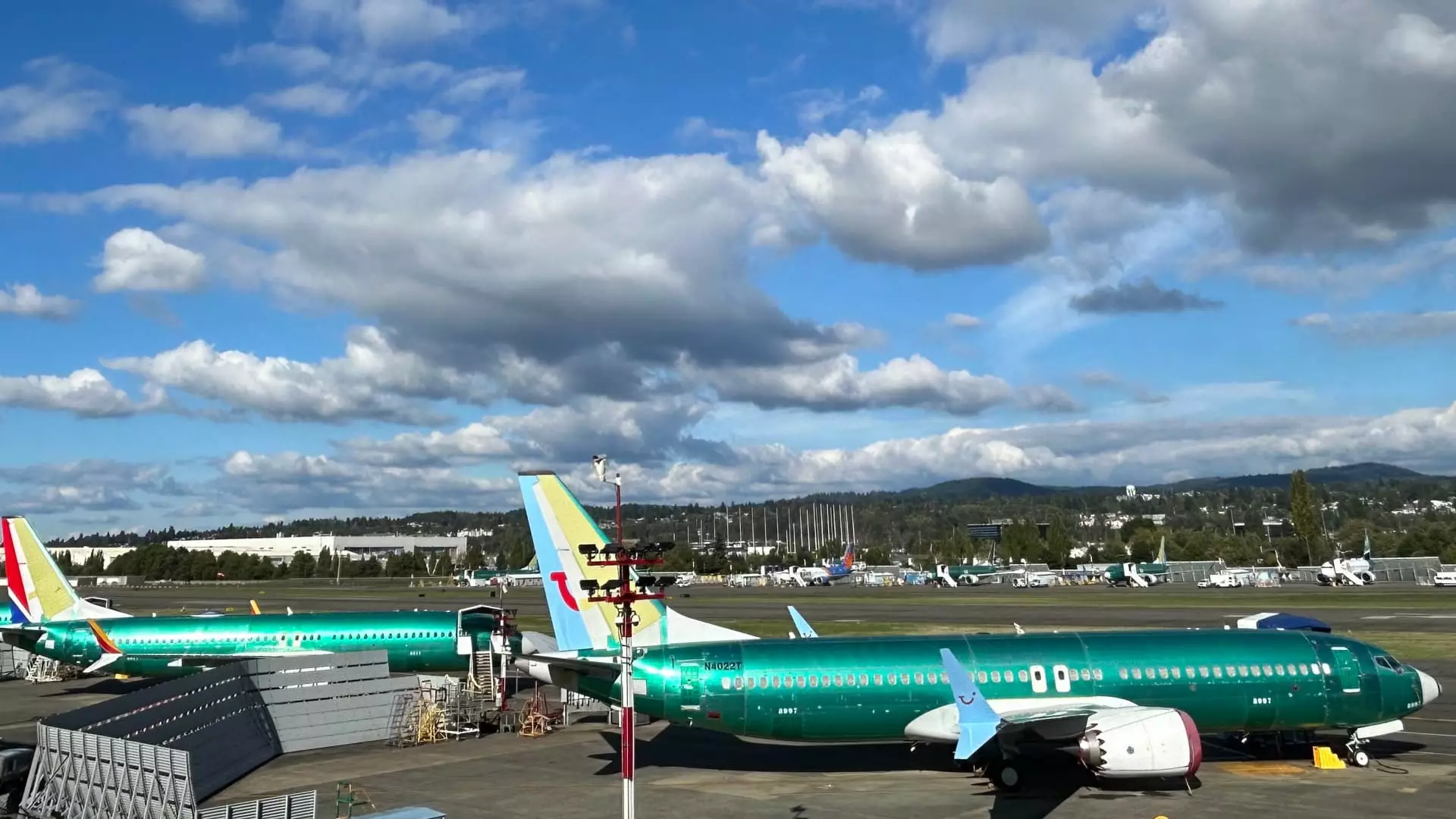The journey to deliver the new Air Force One jets has become a source of significant frustration for President Donald Trump, revealing deeper issues within the aviation sector and Boeing’s operations. This predicament shines a light on the complexities of military contracting and the challenges of modern aerospace manufacturing, juxtaposed with the unique pressures faced by both the presidential office and the giant corporation.
Originally negotiated for a staggering $4 billion, the contract for two new Boeing 747s has spiraled into a postponement saga, exacerbated by over $2 billion in cost overruns. Such figures raise concerns about accountability and fiscal responsibility within government contracts, particularly when it involves military assets. In any government procurement, especially for prestigious entities like Air Force One, efficiency is paramount. The delays are more than just an inconvenience—they pose questions about Boeing’s operational integrity and their ability to fulfill obligations under pressure.
Additionally, Trump’s visible irritation represents not just a personal grievance but a significant political concern. For a sitting president, ensuring the timely delivery of such crucial assets is part of maintaining national security and the prestige of the office. The potential for non-delivery during his term raises doubts among constituents and the opposition.
Boeing has noticeably shifted its strategies in response to these setbacks. The involvement of Elon Musk, the dynamic CEO of SpaceX and Tesla, is particularly noteworthy. His presence as a consultant for Boeing speaks volumes about the necessity for innovative approaches in a rapidly changing technological landscape. The appointment of Kelly Ortberg as Boeing’s chief executive may signify a hopeful turning point, as he recognizes the need to dismantle “non-value-added constraints” that hinder manufacturing efficacy.
Musk’s reputation for unconventional problem-solving could unlock new pathways for Boeing and hasten the delivery of the Air Force One aircraft. However, coupling the expertise of a competitor with the needs of Boeing also raises ethical questions regarding proprietary technologies and competitive advantages within the aerospace industry.
The struggles facing Boeing with Air Force One are reflective of larger trends within the aviation industry post-pandemic. Aircraft manufacturers worldwide are grappling with supply chain disruptions and a growing backlog exacerbated by a sudden surge in demand for air travel. Near-catastrophic events, such as the door-plug incident in January 2024, only add to the already complex scenario, prompting significant leadership changes at the company.
Nonetheless, optimism seems to be seeping back into the industry. Executives from major airlines such as United Airlines and Southwest Airlines express renewed confidence in Boeing’s ability to deliver products on time. The statements made by industry leaders like United Airlines CFO Mike Leskinen and Southwest Airlines CEO Bob Jordan illustrate a cautious yet hopeful perspective on the future of Boeing as it strives to regain its reputation for reliability and efficiency.
As Boeing navigates this tumultuous period, the eyes of executives, politicians, and civilians alike will remain fixed on their trajectory. While Ortberg’s leadership may be fostering positive change, much work remains in restoring trust with both public stakeholders and private customers. The aviation industry, which relies heavily on a firm, dependable supply chain, cannot afford further delays, especially with burgeoning demand anticipated.
The predicament surrounding the new Air Force One highlights significant hurdles not only for Boeing but for the broader aerospace sector as it grapples with modernization, efficiency, and accountability. The importance of timely delivery cannot be overstated, as it represents national pride and operational necessity. The collaboration between industry rivals, the re-evaluation of production methods, and a clear focus on transparency could mark a new dawn for an industry striving to reclaim its footing in a post-pandemic landscape.

Leave a Reply